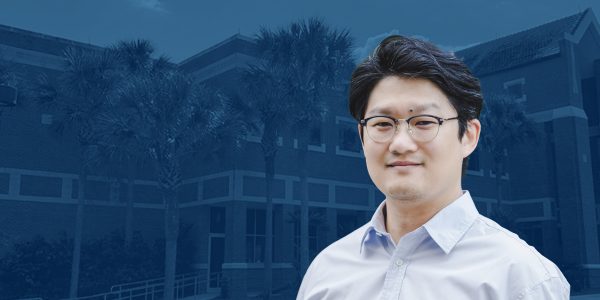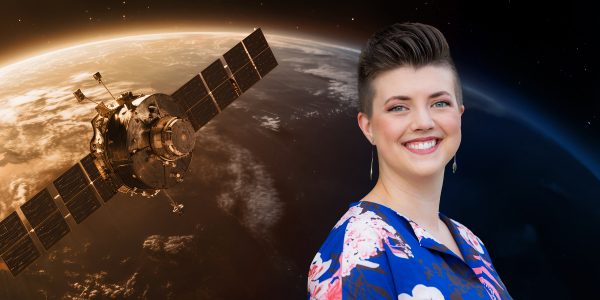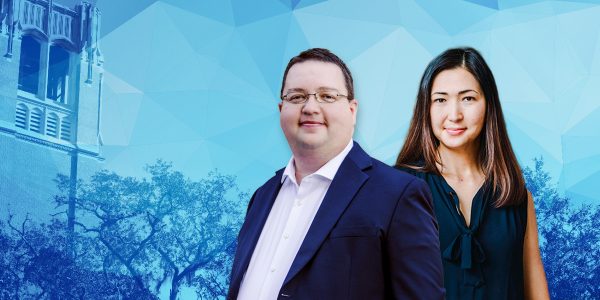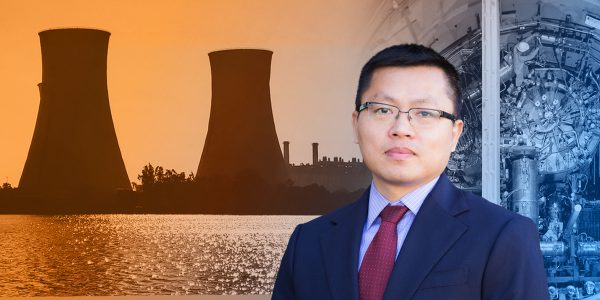Materials Science and Engineering (MSE) and Nuclear Engineering (NE) were brought together under the Department of Materials Science & Engineering at the University of Florida. By combining these two engineering disciplines, the department expanded its nuclear materials and biomaterials research and strengthened its research capabilities.
Faculty Research Areas
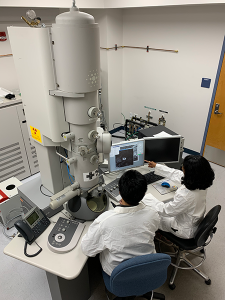 MSE research deals with the scientific and engineering aspects of the structure, properties, manufacturing and applications of various materials. It also includes developing novel materials and processes, understanding existing materials’ behavior, and selecting materials to design functional components.
MSE research deals with the scientific and engineering aspects of the structure, properties, manufacturing and applications of various materials. It also includes developing novel materials and processes, understanding existing materials’ behavior, and selecting materials to design functional components.
The most critical aspect of our MSE research programs is that they are interdisciplinary and focus on all materials, including biomaterials, ceramics, electronic materials, glasses, metals, minerals, polymers – and their composites. Many research initiatives also involve multiple investigators and close collaboration with other disciplines. Computational materials science is also a growing area of research for the department.
The department is home to the Major Analytical Instrumentation Center (MAIC). With research equipment valued at more than $15 million, this user-supported facility provides analytical support to the department and university researchers and industries through direct analysis, collaborative research and personnel training.
The department also includes several other facilities, including the Center for Dental Biomaterials, which consists of a broad range of collaborative studies involving faculty of the UF Medicine and Dental schools and industrial participants.
The department also is home to the Computational Materials Science Focus Group, a multidisciplinary effort focusing on developing a better understanding of materials science through advanced computational methodologies.
The Mineral Resources Research Center concentrates on advanced studies for more efficient recovery of mineral resources and involves industries from around Florida and the nation.
The SWAMP Center provides software for modeling the physics and chemistry of the integrated circuit manufacturing process and experimental tools to verify software models. MSE faculty members also actively participate in the MICROFABRITECH multidisciplinary microelectronic program and the National High Magnetic Field Laboratory.
The department stands among the best materials, metallurgy and ceramics departments in the nation, with an annual research expenditure of over $18 million, and has successfully developed and licensed several new products and materials. Some recent technologies transferred include high conductivity solid oxide fuel cell ceramics, advanced chemical mechanical polishing slurries, surface-modified intraocular lenses, particle nanocoating and diamond single crystals.
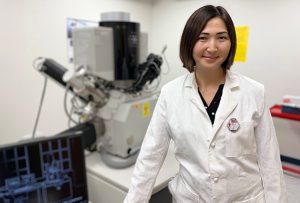 The NE program includes various fields such as power generation, radiation transport methods, nondestructive imaging and detection, advanced nuclear materials, reactor thermal hydraulics and homeland security.
The NE program includes various fields such as power generation, radiation transport methods, nondestructive imaging and detection, advanced nuclear materials, reactor thermal hydraulics and homeland security.
Multiple opportunities await NE graduates as nuclear science and engineering continue to make significant contributions to electricity production, medical diagnostic imaging and therapy, as well as radiation detection and measurement. These possibilities will continue to grow as we face more challenges in energy production and expand our nuclear technology use.
Can Ceramics Finally Break Through the Memory Wall?
In the internet age, the landscape of human-generated data has undergone a remarkable transformation. From the early days of website…
Next-Generation Nuclear Energy: Crafting the Future with Innovative Fuel Designs
As the world grapples with the need for carbon-free power generation, advanced reactor designs are crucial to the transition. A…
Replicating the Body’s Cellular Network
Josephine Allen, Ph.D., associate professor and Genzyme Professor of Materials Science & Engineering, has received a National Institutes of Health…
3D Printing the Next Generation of Nuclear Power Plant Components
Light Water Reactors (LWRs) are the most widely used type of nuclear reactor in the world. However, as alternative designs…
Reshaping the Future: Honggyu Kim is Pushing the Boundaries of Shape Memory Alloy Research
What if airplanes could morph and dynamically change shape during flight, similar to birds? It may sound too good to…
MSE Students Colton Ginter and Akash Ram Earn NSF Fellowship Awards
Department of Materials Science & Engineering (MSE) undergraduates Colton Ginter and Akash Ram each received a prestigious National Science Foundation…
Nuclear Sleuths: University of Florida to Lead $25 million National Consortium on Nuclear Forensics
For decades, the United States has been at the forefront of reducing the number of nuclear arms worldwide and curtailing…
